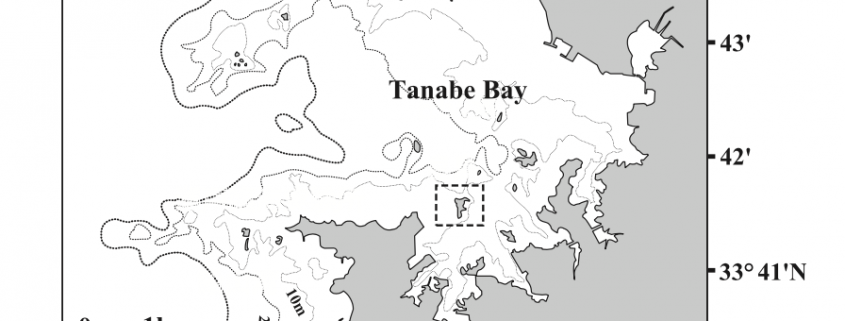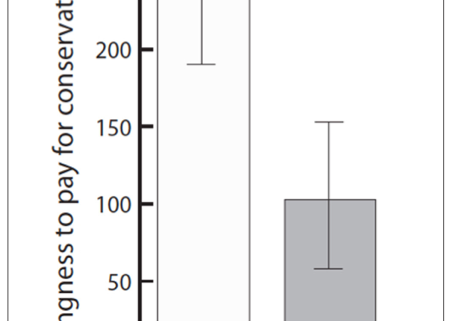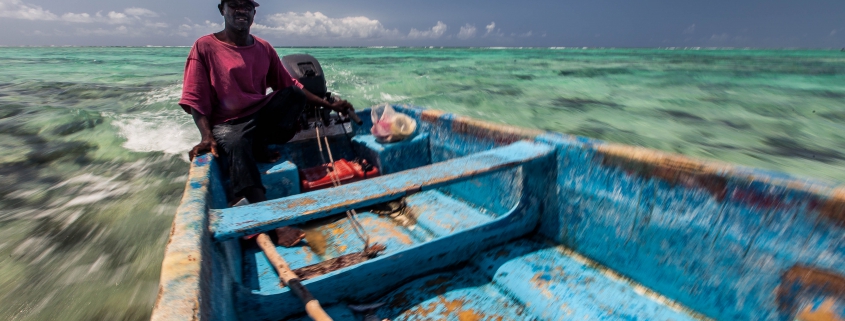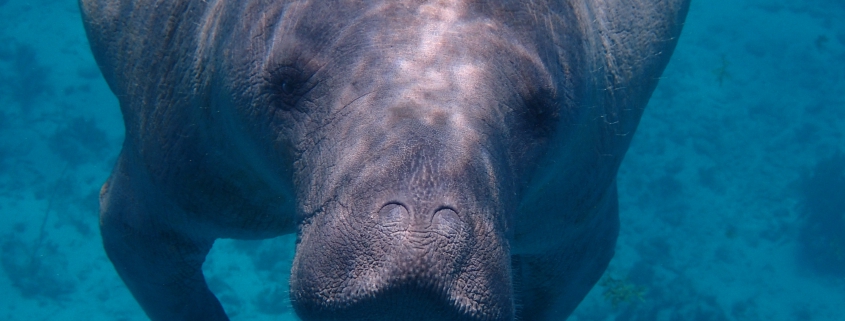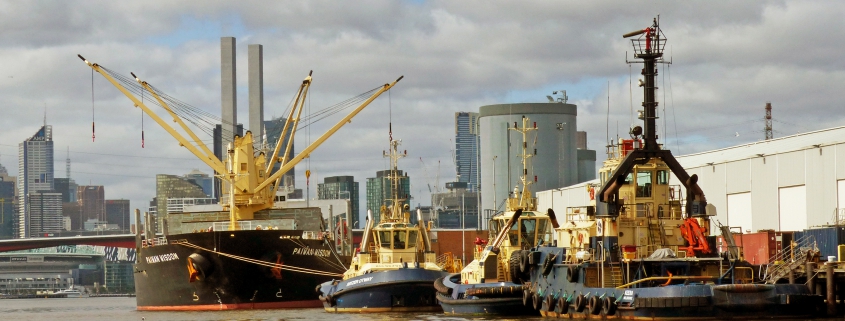Effects of temperature and red tides on sea urchin abundance and species richness over 45 years in southern Japan
By Nicole Suren, SRC intern Between 1963 and 2014, scientists in Japan have conducted 45 years of near continuous monitoring of the abundance (number of individuals), species richness (number of species), and developmental abnormalities of the sea urchins around Hatakejima Island. Hatakejima Island has been a marine protected area since 1968, meaning that humans are […]
Albatross-born loggers show feeding on deep-sea squids: implications for the study of squid distributions
By Gaitlyn Malone, SRC intern Deep-sea squids are considered to be an important prey source for many top marine predators including fish, marine mammals, and seabirds (Clarke, 1996). However, despite their importance in marine food web structures, there is relatively little known about the biology and ecology of these squids, due to lack of observations, […]
Shifted Baselines Reduce Willingness to Pay for Conservation
By Molly Rickles, SRC intern With climate change causing negative consequences for almost every ecosystem on earth, now it is more important than ever to fund conservation efforts to restore these extremely important environments. However, many people are unaware about the current state of these critical environments, which may affect their willingness to contribute to […]
Gravity of human impacts mediates coral reef conservation gains
By Brenna Bales, SRC intern Communities around the world depend on coral reefs for their livelihood, for tourism, and for protection against coastal degradation. With an increasing human population comes increasing human impact on these coral reefs and a decrease in the ability of a reef to provide the benefits listed above. Direct human impacts […]
Adaptation of Sirenians: Changing Behavior to Allow for Better Thermoregulation
By Sam Aronwald, SRC intern Through scientific investigation of dugongs in Australia, there is evidence of behavioral thermoregulation in the Sirenia order. A study on two Amazonian manatees (Trichechus inunguis) determined that the average body temperature of all four species that fall under the Sirenia order is regulated between 35.6*C and 36.1 *C (Gallivan, 1983). […]
Ups and Downs of habitat use: Horizontal and vertical movement behaviour of flatback turtles and spatial overlap with industrial development
By Sydney Steel, SRC intern The most effective species conservation strategies extend beyond protection of key breeding grounds and nesting sites, and instead considers geographic range over the species’ entire life cycle. Many conservation efforts for endangered species are focused on these key sites due to the locations’ prospect of containing a condensed amount of […]

